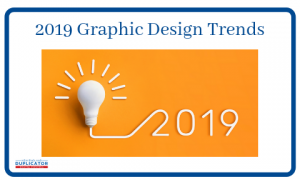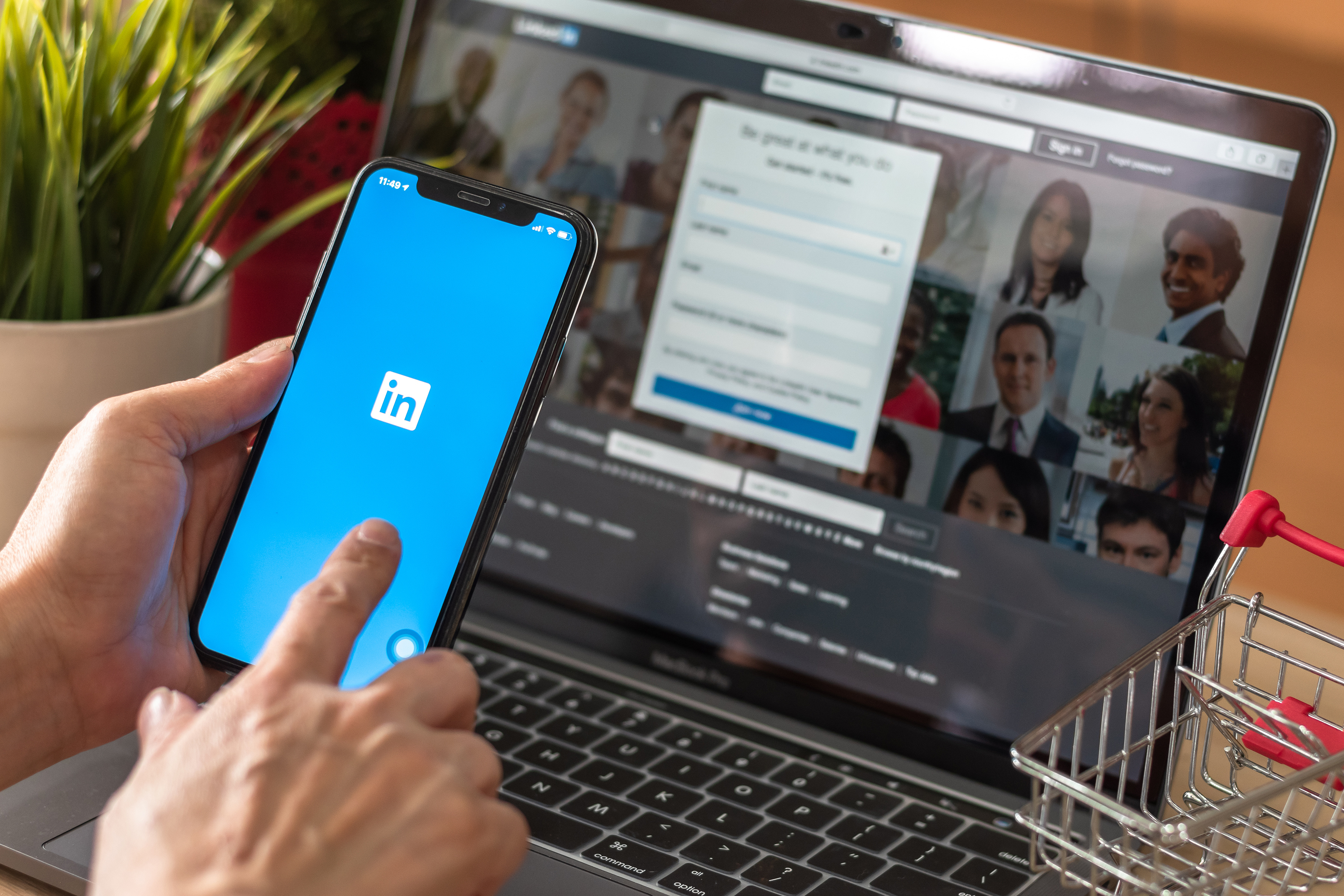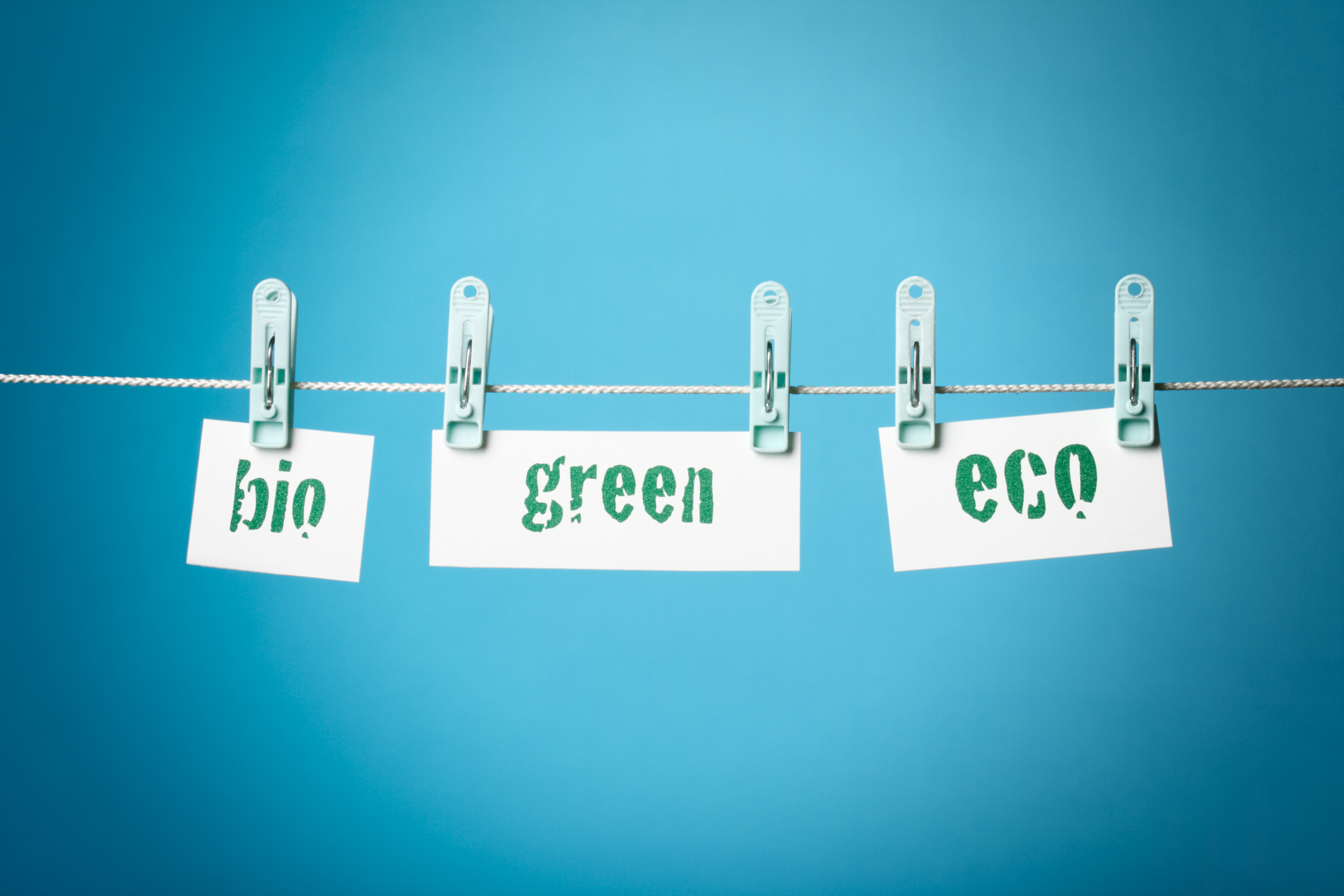Bridging the Gap Between Print & Digital Marketing
When it comes to modern marketing, many people are under the impression that the digital space is where they should be spending their time and money. While it’s true that your company’s website, emails, and social media can’t be ignored, the idea that “print is dead” has been proven to be a myth time and time again. Not only does print marketing still have value in its own right, it can also greatly advance digital campaigns. When digital and print marketing are used together, the number of responses your company receives will be higher than if you were to just go one route or the other.
The simple fact of the matter is that buyers don’t want to connect with brands exclusively online. Yes, the stats show that the number of people researching and shopping online versus in-store is continuing to grow. On the other hand, an often ignored fact is that many buyers shop online after they’ve seen something marketed through a printed medium first.
According to BRAND United, 86% of shoppers bought an item online after first seeing it in a printed catalog.
BRAND United also did a case study on Quadratec, a brand that has been selling parts and accessories to Jeep owners since 1990. Millions of people still receive Quadratec’s printed catalog in the mail, even when some critique it as dated, because it’s a great way for them to show their buyers how much they know about Jeep products.
There’s something to say about holding a giant catalog in your hands that packs a bigger punch than scrolling through a long webpage of items. Even if there are more products on a company’s website than in their catalog, getting a physical and tactile experience can emphasize the volume of items in a more impactful way. Quadratec has found that their printed catalogs are one of the best tools they have to show buyers that they are an authoritative brand leader.
Despite their continued success with print, Quadratec also wanted to take their digital marketing efforts to the next level. So, they created a mobile app that customers could use to scan each product shown in the catalogs with a smartphone. After a customer scans an image, the app instantly brings them to that item’s specific page on Quadratec’s website so that they can easily add it to a wish list, their online shopping cart, or purchase it right away directly from their phone- combining the benefits of print and digital marketing.
This kind of technology is referred to as augmented reality (AR). It is similar to virtual reality (VR), except that it overlays information on real-world views instead of just replacing everything in sight with a simulation. Plus, it’s conveniently accessible via everyday mobile devices, as seen in Quadretec’s case study. Since launching its first AR-enabled catalog, Quadratec has experienced a 3 percent boost in sales and its mobile app is used an average of 200,000 times each month.
Of course, not every company of every size is going to be able to, or even want to, use technology as advanced as AR. There are a number of other ways, however, to bridge the gap between print and digital marketing. The lesson to be learned from Quadretec’s success is that any direct mail marketing your company sends out should include information on where buyers can also find you online, whether this is using AR, the more basic QR code technology, relaying your social media handles, or simply including your website’s URL in your contact info.
Really, even the simple method of sharing your online platforms with your direct mail recipients can be effective. According to BRAND United, 51 percent of people surveyed said they prefer companies use a combination of mail and email when communicating with them. Also, sending mail is still a great way to attract new customers. Thirty-nine percent of buyers say they have tried a business for the first time because of direct mail advertising.
Both print and digital play important roles in the marketing world, and together they are the dream team. Buyers enjoy the sensory experience that printed materials provide them with. Some people even have an emotional attachment to receiving more traditional pieces of direct mail. Buyers also appreciate the convenience of being able to research, interact, and shop online from anywhere, on any of their devices. Therefore, using both forms of marketing makes sense for many different campaigns.






